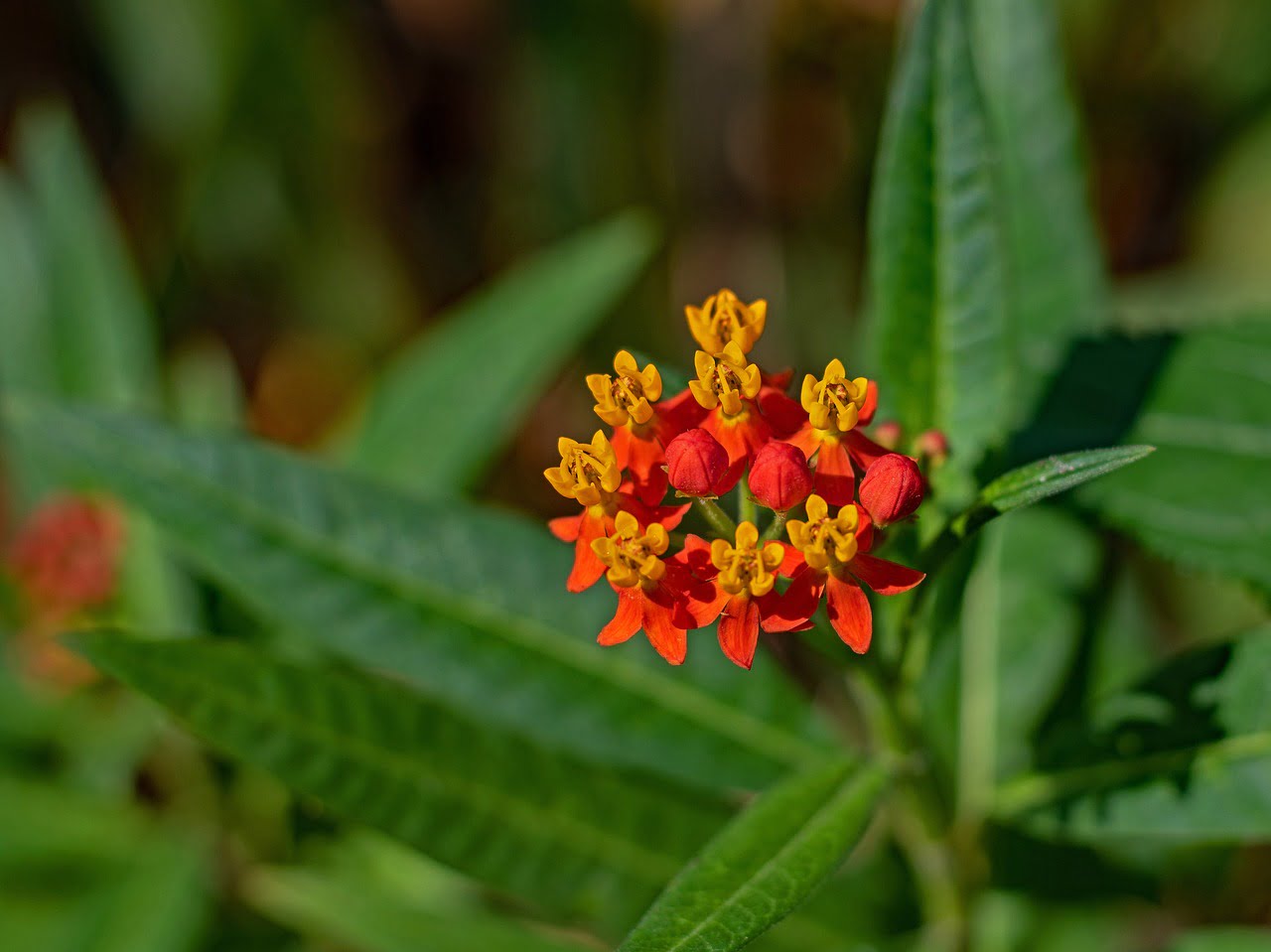
Asclepias and Planting: Nurturing Nature’s Gift
Exploring the Beauty and Benefits of Asclepias in Your Garden
Gardening enthusiasts and nature lovers alike often seek ways to enhance the beauty and ecological value of their landscapes. Enter Asclepias, a genus of plants that not only adds visual appeal to gardens but also plays a crucial role in supporting pollinators and biodiversity. In this article, we’ll dive into the world of Asclepias, learning how to plant, care for, and appreciate these incredible species.
Table of Contents
- Understanding Asclepias: Nature’s Gift to Gardens
- The Importance of Asclepias in Ecosystems
- Selecting the Right Asclepias Varieties for Your Garden
- Creating the Perfect Planting Environment
- Planting Asclepias Seeds: A Step-by-Step Guide
- Nurturing Young Asclepias Plants: Water, Sun, and Soil
- Attracting Pollinators with Asclepias Blooms
- Asclepias in Different Garden Styles: From Wild to Formal
- Dealing with Common Asclepias Growing Challenges
- Pruning and Maintenance: Keeping Asclepias Flourishing
- Harvesting Asclepias Seeds for Future Growth
- Asclepias Beyond the Garden: Conservation Efforts
- A Garden of Diversity: Asclepias for Biodiversity
- Conclusion: Embrace the Beauty of Asclepias
- Frequently Asked Questions About Asclepias
Understanding Asclepias: Nature’s Gift to Gardens
Asclepias, commonly known as milkweed, stands as a testament to the wonders of nature. These perennial plants showcase a variety of stunning flowers that range from vibrant oranges and yellows to delicate pinks and whites. Beyond their aesthetic charm, Asclepias serves as a lifeline for numerous pollinators, making them an essential addition to any garden.
The Importance of Asclepias in Ecosystems
Asclepias plays a vital role in supporting ecosystems. As host plants for monarch butterfly larvae, these plants provide sustenance and shelter, aiding in the survival of this iconic species. Moreover, their nectar-rich blooms attract a myriad of pollinators, contributing to the overall health and diversity of local ecosystems.
Selecting the Right Asclepias Varieties for Your Garden
When considering Asclepias varieties for your garden, it’s essential to choose those that are well-suited to your climate and soil conditions. Varieties like Asclepias tuberosa and Asclepias incarnata are popular choices due to their adaptability and attractiveness to pollinators.
Creating the Perfect Planting Environment
Asclepias thrives in sunny locations with well-draining soil. Before planting, ensure that your chosen spot receives ample sunlight and has soil with good drainage. Proper site preparation sets the stage for healthy growth.
Planting Asclepias Seeds: A Step-by-Step Guide
Planting Asclepias from seeds is a rewarding experience. Start by sowing the seeds in well-prepared soil, either indoors or directly in the garden. Lightly cover the seeds with soil, water gently, and provide consistent moisture until germination occurs.
Nurturing Young Asclepias Plants: Water, Sun, and Soil
Young Asclepias plants require attentive care. Water them regularly, keeping the soil consistently moist but not waterlogged. Provide ample sunlight to encourage strong growth, and ensure the soil remains well-draining.
Attracting Pollinators with Asclepias Blooms
Asclepias blooms are a magnet for pollinators. The intricate structure of their flowers makes them particularly attractive to butterflies and bees. Planting Asclepias in your garden is a step towards creating a pollinator-friendly haven.
Asclepias in Different Garden Styles: From Wild to Formal
Versatility is a hallmark of Asclepias. Whether you’re cultivating a wildflower meadow or maintaining a formal garden, there’s an Asclepias variety to suit your style. Their diversity makes them a valuable addition to various garden designs.
Dealing with Common Asclepias Growing Challenges
While Asclepias is relatively low-maintenance, it’s essential to be aware of potential challenges such as aphid infestations or fungal diseases. Regular monitoring and prompt action ensure the health of your plants.
Pruning and Maintenance: Keeping Asclepias Flourishing
Pruning Asclepias plants helps maintain their shape and encourages new growth. In late fall, after the growing season ends, cut back the stems to the ground. This practice promotes healthy regrowth in the following season.
Harvesting Asclepias Seeds for Future Growth
Harvesting Asclepias seeds is a rewarding endeavor that allows you to propagate these plants and share their benefits with others. Wait until the seed pods mature and start to split before collecting the seeds for storage and planting.
Asclepias Beyond the Garden: Conservation Efforts
Asclepias isn’t just a garden beauty; it’s also a symbol of conservation. The decline of monarch butterflies has spurred efforts to protect and restore Asclepias habitats, making it a valuable tool in preserving biodiversity.
A Garden of Diversity: Asclepias for Biodiversity
Asclepias acts as a cornerstone for creating biodiverse landscapes. By planting these pollinator-friendly species, you contribute to the overall health of ecosystems and help reverse the decline of vital pollinators.
Conclusion: Embrace the Beauty of Asclepias
Incorporating Asclepias into your garden isn’t just about enhancing its visual appeal; it’s a step toward creating a thriving ecosystem. By nurturing these plants, you’re providing sustenance to pollinators, contributing to biodiversity, and savoring the beauty of nature’s gift.
Frequently Asked Questions About Asclepias
Q1: How often should I water my Asclepias plants?
A: Water young plants regularly, keeping the soil consistently moist. Established plants require less frequent watering once they’ve taken root.
Q2: Can I grow Asclepias in containers?
A: Yes, Asclepias can be grown in containers, provided the container is deep enough for the plant’s root system and receives adequate sunlight.
Q3: Do all Asclepias varieties attract monarch butterflies?
A: While many Asclepias species attract monarch butterflies, some varieties are more preferred by monarch larvae as host plants.
Q4: Are Asclepias plants drought-tolerant?
A: Once established, many Asclepias species exhibit some level of drought tolerance. However, regular watering is still recommended for optimal growth.
Q5: Can I divide mature Asclepias plants?
A: Yes, mature Asclepias plants can be divided to create new plants. Division is best done in the early spring when the plant starts to show new growth.